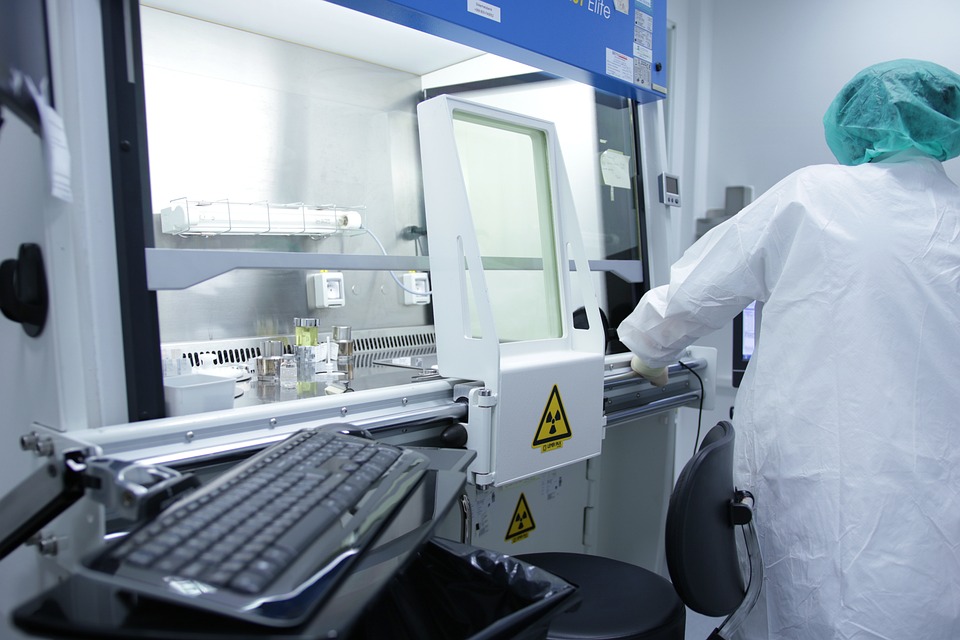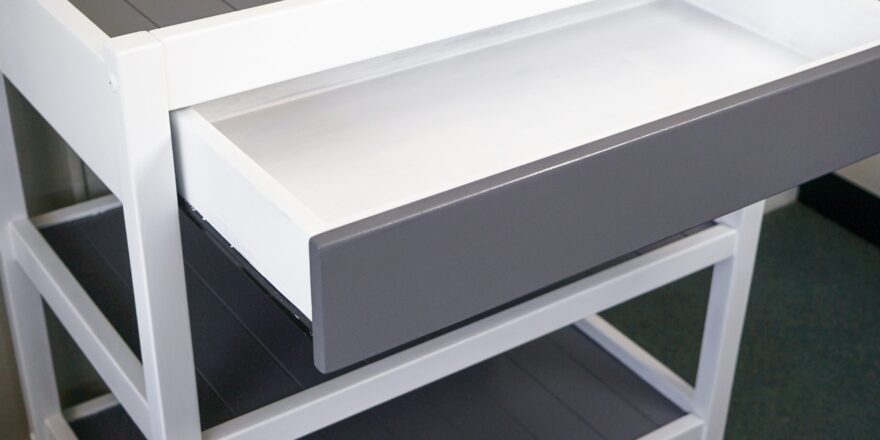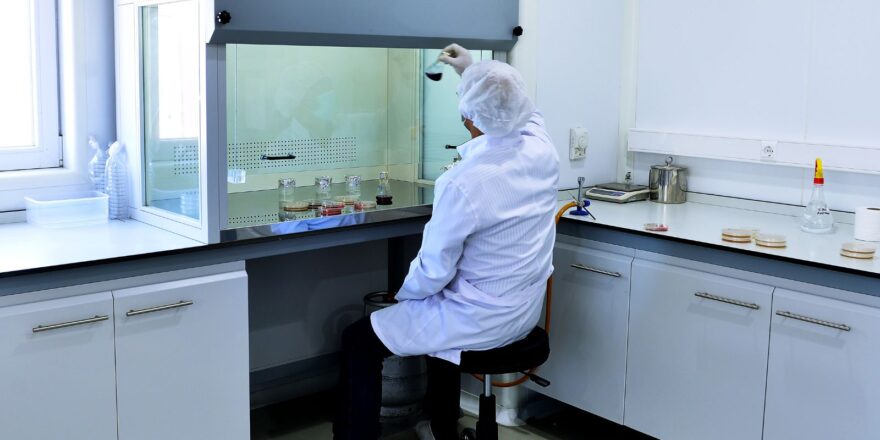The value of scientific investigation that reveals fresh, insightful data cannot be stressed in these turbulent times. The research is primarily conducted in lab settings. To safeguard the well-being of lab workers and the validity of their research, such facilities ought to be well-equipped. Fume hoods and biosafety cabinet manufacturers can help with that. Although biosafety cabinets and fume hoods have a similar appearance and protect the user, they serve different purposes.
Let’s understand the functional differences between both;
What Is A Biosafety Cabinet?
Biosafety cabinets (BSCs) are ventilated, enclosed workstations used in laboratories to safeguard personnel from diseases. An evaluation of the activities involved and the related risks must be done in order to select the appropriate BSC. The pathogen’s biological safety level (BSL) and the necessary level of protection are considered. Chemical dangers may be diluted to safe levels. In contrast, biological hazards can increase in minimal quantities, making them quite distinct. The amount of protection required for the lab worker and the desired sample should be considered when making the final decision.
What Is A Fume Hood?
A fume hood is essentially an enclosed industrial workstation with an exhaust system intended to reduce the amount of poisonous or hazardous gases, vapours, or dust that a person working on the workbench is exposed to. Three of its four sides are enclosed, leaving the fourth free for the lab worker to work from. A fan in a fume hood provides a positive airflow that draws particles into the filtration system. The method for venting the polluted air is where fume hood designs diverge most.
Key Differences Between Biosafety Cabinet And Fume Hood
Airflow
Air is tensed away from the lab technician, starting at the equipment’s face and moving over the work surface and into ducting because fume hoods contain hazardous substances. Then it is diluted before being discharged into the atmosphere. In a fume hood, consistent and enough ventilation is essential.
HEPA filtration is a feature common to all classes of biosafety cabinets. The crucial distinction between biosafety cabinets and fume hoods is the presence of high-efficiency particulate air (HEPA) filters, which will efficiently catch all known infectious agents, aerosols, particles, and animal dander, guaranteeing that only clean exhaust air leaves the cabinet.
Applications
BSC and fume hood for laboratories are essential and applied to handle different materials in various laboratories and for distinct research work. For example, fume hoods can be used to manage aerosols, flammables, carcinogens, toxic gases, volatile chemicals, offensive compounds, and other hazardous substances; In contrast, biosafety cabinets are used to provide safety during research on virulent microbes and other dangerous particles.
A great deal of responsibility comes with great knowledge. More than ever, it is crucial to do scientific research on hazardous substances and microorganisms. Epidemiologists and laboratory technicians have been able to safely study dangerous infectious illnesses for years with the proper usage of biosafety cabinets. Biosafety cabinets have unquestionably saved lives in the COVID-19 era. The appropriate fume hood or biosafety cabinets can make all the difference in your lab and the world if you can find and use them.
The Crux
A biosafety cabinet protects the person, the environment, and the material, whereas a chemical fume hood only protects the user. High-efficiency particulate air (HEPA) purifiers are present in biosafety cabinets but not in chemical fume hoods. All known infectious agents will be successfully captured by the HEPA filter in the air filter of a biosafety cabinet, ensuring that only air free of microbes is released from the cabinet (i.e., 99.97% of particles 0.3 m in diameter and 99.99% of particles of larger or smaller size). Santech Sheet Metal is the leading lab furniture manufacturer and your go-to stop if you want a customised and modular lab system or appliances.




